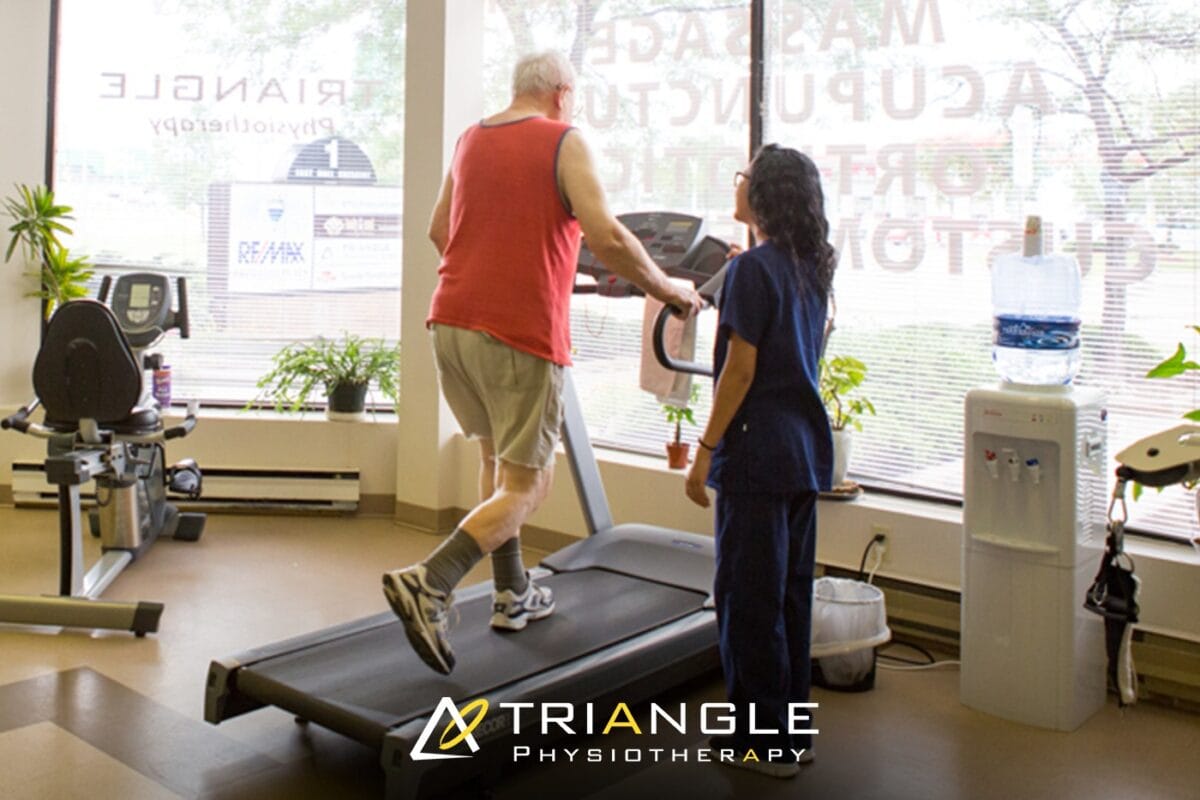If you’ve never been to physiotherapy before, it’s completely normal to feel unsure about what to expect. Maybe you’re dealing with pain, recovering from an injury, or just looking for support to move better. No matter the reason, your first physiotherapy evaluation is a relaxed, informative session designed to understand your body and set the foundation for recovery.
Here’s what typically happens during your first visit.
1. A Conversation About You
It all starts with a conversation. Your physiotherapist will take the time to learn about your symptoms, medical history, activity level, and personal goals. This helps build a complete picture of what might be causing your discomfort and how it’s affecting your daily life.
It’s not just about the pain – it’s about how that pain fits into your overall well-being.
2. A Physical Assessment
Once you’ve talked through your history and concerns, your physiotherapist will perform a physical assessment. This usually includes:
- Observing posture and alignment
- Checking your range of motion and flexibility
- Testing muscle strength and joint mobility
- Identifying areas of pain, tension, or restriction
This hands-on evaluation helps pinpoint the source of your symptoms and understand how your body is moving – or compensating.
3. Understanding What’s Going On
After the assessment, your physiotherapist will explain what they’ve found in simple, easy-to-understand language. You’ll get insight into what’s likely causing your symptoms and how physiotherapy can help. This is also a great time to ask questions or express any concerns.
There’s no pressure – it’s about creating clarity and building trust.
4. A Personalized Treatment Plan
You’ll then be given a tailored treatment plan based on your specific needs and goals. It may include:
- Targeted exercises to improve strength, flexibility, or stability
- Hands-on manual therapy to release tension or restore movement
- Movement education to improve posture and body mechanics
- Home exercises or tips to support recovery between sessions
In many cases, treatment will begin during this first appointment so you can start feeling the benefits right away.
5. Next Steps and Ongoing Support
Your physiotherapist will walk you through what to expect moving forward – how often you may need to come in, how to measure progress, and what milestones to watch for. Every plan is customized and flexible, based on how your body responds. A lot of people come to us asking for prevention tips and we are here for them. With the increase in remote jobs, we are bound to face some stress – mental and physical. The best way to debug it, is to reach out to us and book a consultation. We are the catalyst you need for pain free everyday movement.

Final Thoughts
Your first physiotherapy evaluation is the beginning of a partnership focused on helping you move better, feel stronger, and get back to doing what you love. It’s not just about treating pain – it’s about understanding your body and building a plan that works for you.
So if you’re considering physiotherapy but feel unsure about what the first step looks like, know that it’s a calm, supportive experience designed entirely around your needs.




